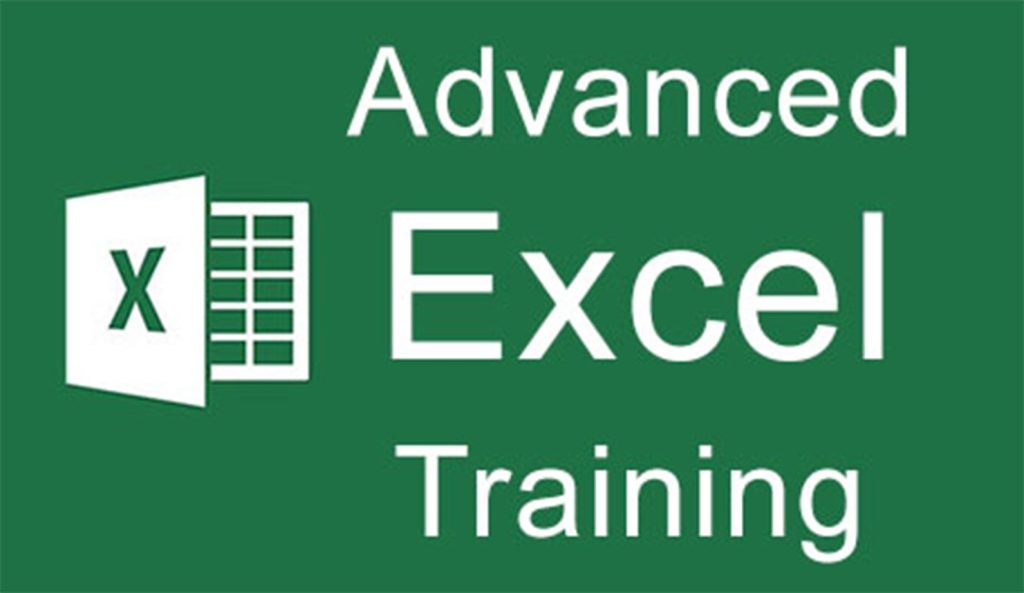Learning Excel can feel overwhelming at first, but breaking it down into simple, interactive lessons makes the process easier and more effective. Interactive training helps you grasp concepts quickly by allowing hands-on practice rather than just reading or watching videos. When lessons are paired with practical tasks, you not only understand Excel features but also know how to apply them in real situations. This approach builds confidence and improves retention, making Excel skills accessible for users at any level.
Why Choose Interactive Lessons for Excel Training?
Interactive lessons encourage active learning. Instead of passively consuming information, you engage directly with the software. This type of training:
- Involves guided exercises that let you try Excel functions step-by-step.
- Helps you learn by doing, which strengthens understanding.
- Provides immediate feedback to correct mistakes early.
- Keeps you motivated by showing progress clearly.
Interactive lessons are designed to teach key Excel features such as formulas, formatting, data analysis, and chart creation. They focus on building foundational skills before moving to more advanced tasks.

Benefits of Task-Based Excel Training
Completing tasks related to real-world problems makes training relevant and practical. Task-based training:
- Reinforces lesson content through application.
- Builds problem-solving skills specific to Excel.
- Helps you remember functions by repeated use.
- Allows practice with data entry, calculations, and data visualization.
- Prepares you for workplace challenges or personal projects.
By combining lessons and tasks, you create a learning loop where theory meets practice, improving your speed and accuracy.
How to Structure Your Excel Training
A well-structured training plan guides you stepwise through Excel. It usually includes:
- Basic Navigation: Understanding the interface, ribbon, menus, and workbook layout.
- Simple Formulas: Addition, subtraction, multiplication, division, and basic functions like SUM and AVERAGE.
- Formatting Cells: Applying colors, borders, number formats, and alignment to improve readability.
- Data Organization: Sorting, filtering, and using tables to manage large data sets.
- Intermediate Formulas: Logical functions (IF), lookup functions (VLOOKUP, HLOOKUP), and date/time formulas.
- Charts and Graphs: Creating visual representations for reports and presentations.
- Data Analysis Tools: PivotTables, conditional formatting, and data validation for deeper insights.
Tips for Effective Learning
To get the most from interactive Excel lessons and tasks:
- Excel practice regularly to reinforce what you learn.
- Take notes on new formulas and shortcuts.
- Use sample datasets to try different techniques.
- Challenge yourself with progressively harder tasks.
- Review mistakes to understand where you went wrong.
Summary of Key Points
- Interactive lessons engage you through hands-on practice.
- Task-based training links learning to real-world applications.
- Training progresses from basic navigation to advanced analysis tools.
- Regular practice and reviewing errors improve skills faster.
- Structured training builds confidence and competence in Excel.
Excel training does not have to be complicated. By focusing on interactive lessons combined with real tasks, you can learn Excel effectively and efficiently. This method not only teaches you how to use Excel features but also prepares you to solve practical problems with ease. Start small, stay consistent, and watch your Excel skills grow.
